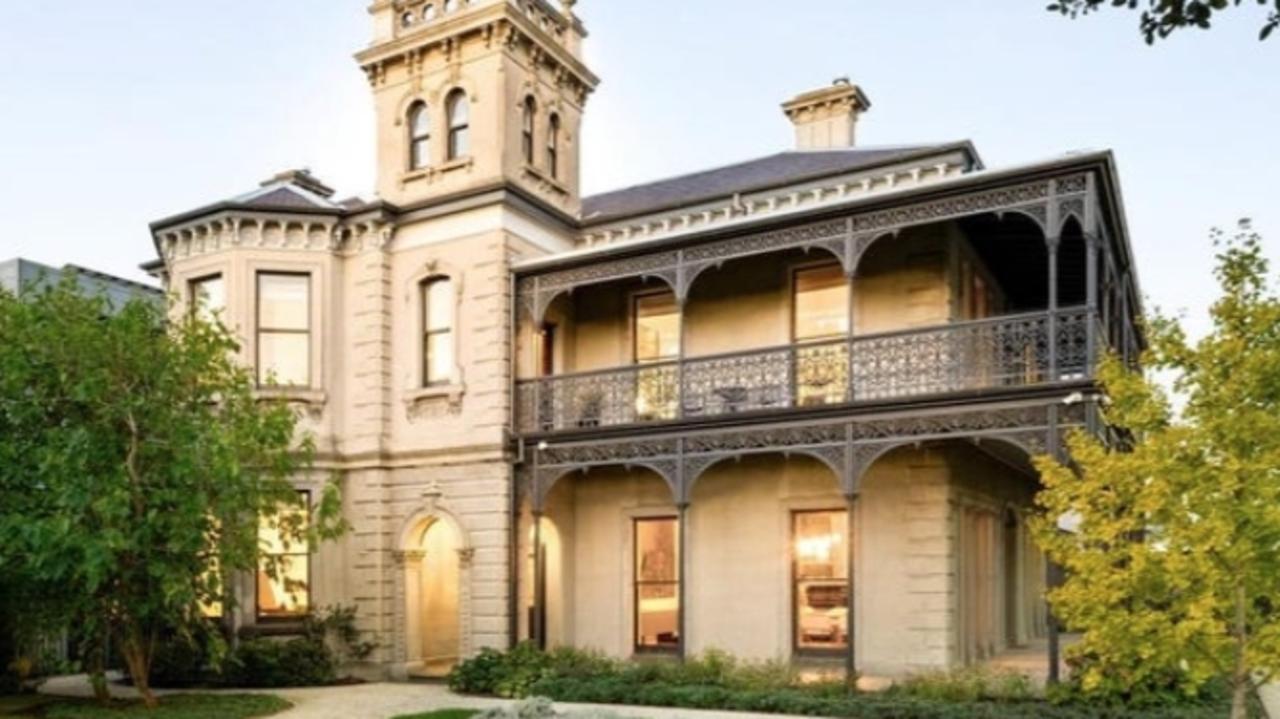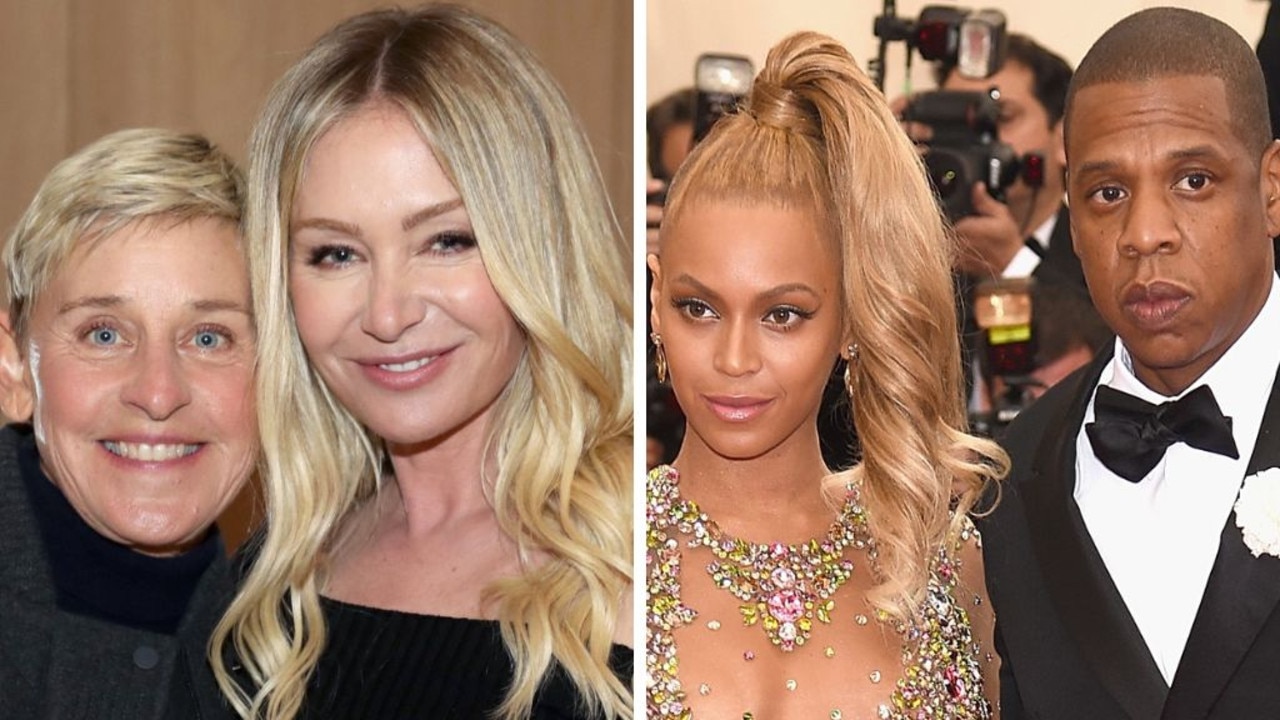Median Sydney house price is now $1m as values rise 1.6% in July
Aussies went crazy for property in the past year, new data has revealed, as prices continued to jump to record breaking numbers.

Property prices have soared 16 per cent higher in the past year, with Sydney’s median house values skyrocketing by more than 21 per cent to $1.01 million, according to new data from CoreLogic.
While Australian housing values increased nationally by just 1.6 per cent in July, the latest rise takes housing values 14 per cent higher in the first seven months of the year, it found.
Tim Lawless, CoreLogic’s research director, said while the market remained strong, it was starting to lose steam.
“The 16.1 per cent lift in national housing values over the past year is the fastest pace of annual growth since February 2004, however the monthly growth rate has been trending lower since March this year when the national index rose 2.8 per cent,” he noted.
Darwin and Tasmania recorded incredible increases in house prices annually. Darwin dwellings jumped in value by a whopping 30 per cent with the median value sitting at $486,000, while there was a 1.6 per cent rise in prices in July.
Tasmanian wasn’t far behind with an annual increase of 27 per cent taking the median value of a property to $621,100 and a 1.7 per cent increase in July.
RELATED: ‘Unique’ way single bought $1m unit
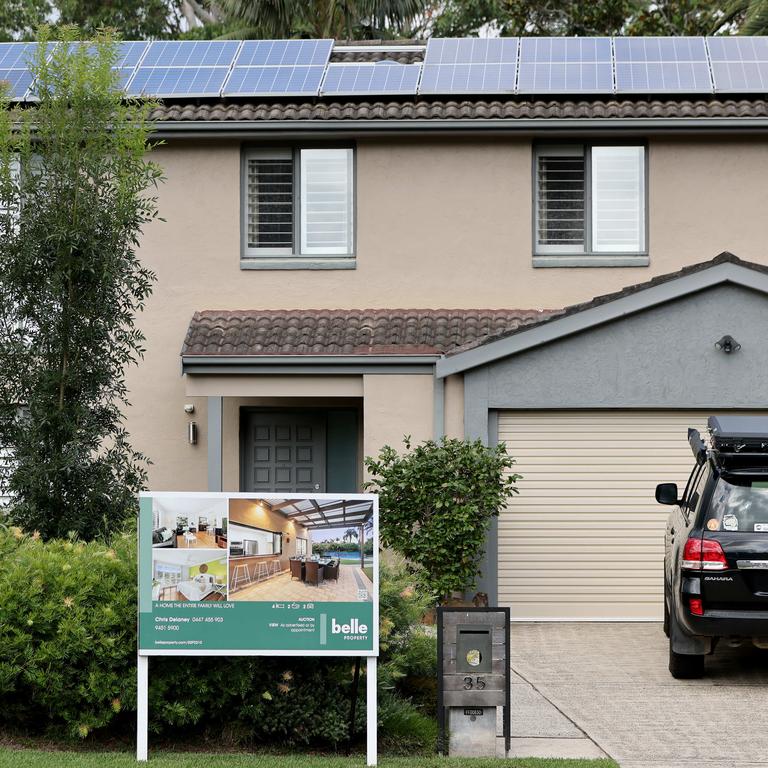
Unsurprisingly, it’s also been a record breaking year for house sales across Australia.
In the past 12 months, nearly 600,000 properties sold across the country, approximately 140,500 more sales or 31 per cent than the decade average, CoreLogic found.
“With buyer demand so strong and active listings well below average, prospective buyers are likely to be feeling a sense of urgency due to the level of competition in the market,” Mr Lawless said.
“However, with affordability constraints starting to impact purchasing capacity, it’s possible market activity could reduce through the second half of the year, helping to rebalance the
market and take some heat out of the rate of house price growth.”
Price rise slowdown
In further good news for those looking to jump on the property ladder, price rises have slowed across each of the capital cities.
Sydney has recorded the sharpest reduction, with the monthly capital gain falling from 3.7 per cent in March to 2 per cent in July.
“Sydney is the most expensive capital city by some margin and it has also been the city where values have risen the most over the first seven months of the year,” Mr Lawless said. “Worsening affordability is likely a key contributing factor in the slowdown here, along with the negative impact on consumer sentiment as the city moves through an extended lockdown period.”
Melbourne experienced a 13 per cent annual rise in property prices with the median value of a dwelling hitting $762,692 – well below that of Sydney’s market – and just 1.3 per cent increase in July.
RELATED: ‘Stressful’: $88k savings won’t buy home
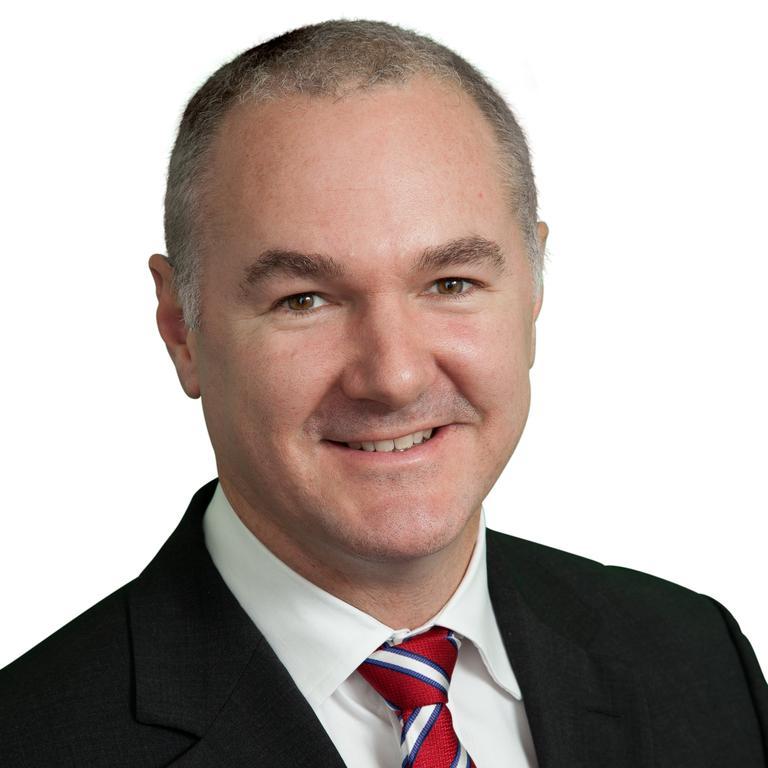
Mr Lawless said housing affordability was starting to bite on prices.
“With dwelling values rising more in a month than incomes are rising in a year, housing is moving out of reach for many members of the community,” he said.
“Along with declining home affordability, much of the earlier Covid related fiscal support, particularly fiscal support related to housing, has expired. It is however, encouraging to see additional measures being rolled out for households and businesses as the latest Covid outbreak worsens.”
On the flip side, demand is being stoked by record low mortgage rates and the prospect that interest rates will remain low for an extended period of time, Mr Lawless added.
“Dwelling sales are tracking approximately 40 per cent above the five-year average while active listings remain about 26 per cent below the five-year average,” he revealed.
“The mismatch between demand and advertised supply remains a key factor placing upwards pressure on housing prices.”
Canberra was the strongest market in Australia for July, with prices jumping by 2.6 per cent, while an annual increase of 24 per cent took median dwelling values to $793,800.
Brisbane also experienced a higher rise than the national average, with 2 per cent increase in prices in July, taking the annual value up 20 per cent to a median value of $598,600.
In Adelaide, there was a 1.7 per cent increase in July, taking the median value of house prices annually up by 20 per cent to $516,400.
Perth scored the lowest increase with just a 0.3 per cent rise last month, with dwelling prices jumping by 15 per cent to a median value of $532,300.
Houses versus apartments
Houses continue to outpace the growth in prices compared to units. National house values are up 18.4 per cent over the 12 months ending July, while unit values have risen by less than half this amount, up 8.7 per cent.
This trend where houses are rising faster in value than units is evident across every capital city, except for one place.
“Hobart unit values are up 23 per cent over the past year while house values have risen by 21.7 per cent across the city,” Mr Lawless explained.
“Potentially the slightly stronger conditions across Hobart’s unit sector reflects greater demand from downsizers and empty nesters, or it could be attributed to worsening affordability constraints, diverting demand into the more affordable unit sector where median values are around $156,000 lower than houses.”
But nationally the number of house listings is still well below average.
In Sydney, the monthly number of new listings added to the market has fallen by approximately 30 per cent since the week ending June 27, dragging total active listing numbers to 13.7 per cent below the five year average.
The Melbourne market experienced a similar drop of 27 per cent between the week
ending July 11 and 25.
“We have seen the same trend through earlier lockdowns, where both buyer activity and vendor activity reduce before recovering to pre-lockdown levels once restrictions are eased
or lifted," Mr Lawless said.
“With stock levels remaining tight, selling conditions have been skewed towards vendors. Auction clearance rates have remained in the low-to-mid 70 per cent range across the major
auction markets through July and private treaty sales continue to record rapid selling times and low discounting rates.”
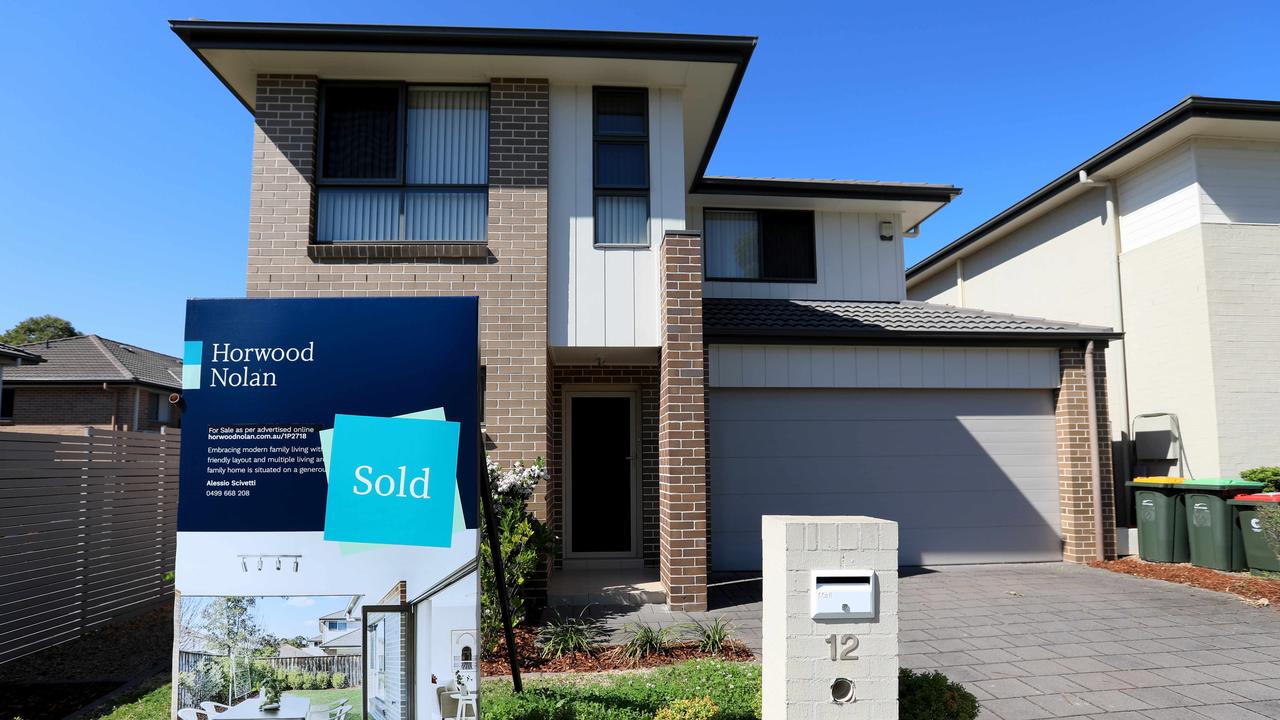
The renting situation
Rental markets remain tight, with the annual pace of growth in national rents lifting to 7.7 per cent, the fastest level of growth since 2008 – although it’s a different story across capital cities.
“Rental conditions across Darwin and Perth are the tightest amongst the capitals reflecting low vacancy rates and high rental demand. Both cities saw a substantial reduction in investment activity from 2014 which has likely contributed to the short supply of rental accommodation,” Mr Lawless said.
“At the other end of the spectrum are the apartment sectors of Melbourne and Sydney, where rental conditions have been substantially looser. The good news for landlords is that rental markets in these areas are stabilising following a substantial reduction in rents due to high vacancy rates attributable to stalled overseas migration and a preference shift away from high
density living during the pandemic.”


